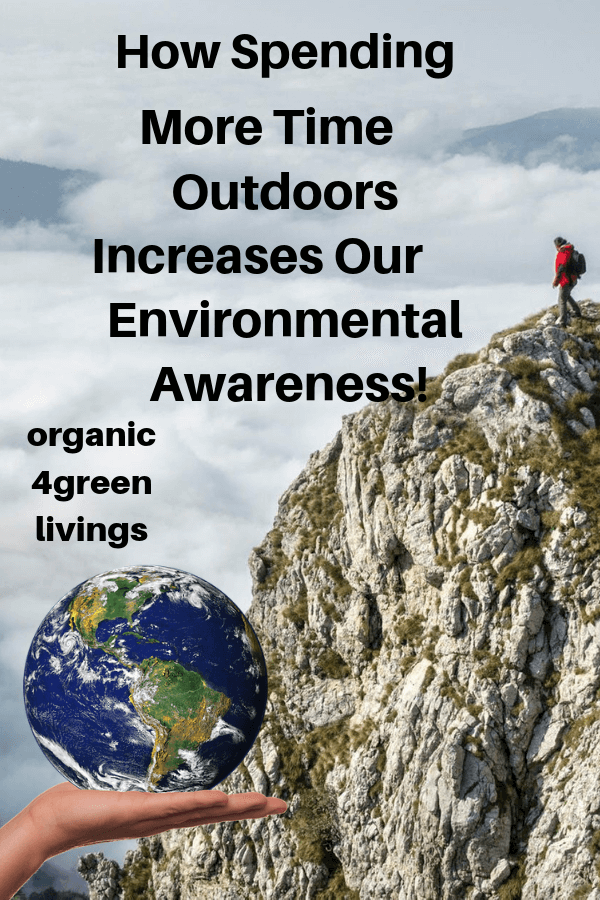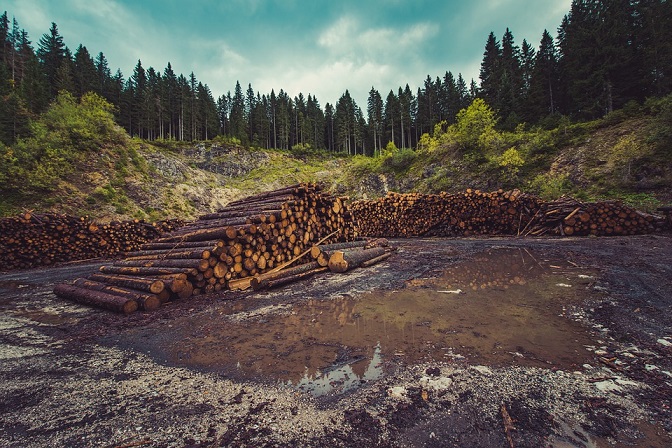How More Time Outdoors Increases Environmental Awareness
We are all products of our own experiences. How we feel, the things we know, and what we care about are shaped through each person’s life. This is the major principal in how spending more time outdoors can increase a person’s environmental awareness.
In the same way that exposure to an issue gives us first-hand experience with it, spending time in nature creates an awareness that we might not get from just reading about it. Not only that, it also creates an emotional attachment to keeping it safe. When people come together who want this same goal, they can teach their community about why it’s important to protect it. If you’re looking for more recreational activities to increase your environmental awareness, rest assured that the options are vast and the environment can always use more help.

Exposure Increases Awareness
It’s one thing to understand that the environment is in a state of emergency and it’s another to see it first hand. More exposure increases an awareness of the problem that you can’t get from a movie, a book, or a news segment. Spending time in the outdoors gives us the chance to see the pollution, the environmental changes, and the need for conservation. Even something as simple as spending more time hiking can be a great way to increase your awareness of the environmental needs in your area. Plus, it’s free exercise and can help keep you healthy.
What you do with your increased awareness is just as important in gaining it. You might be inspired to compost, eat organically, or to volunteer with a local conservation non-profit as a result. Your increased exposure may make this issue more visible to you, increasing your ability to help.
Creating an Emotional Attachment
It’s easier to care about an issue when that issue strikes an emotional chord with you. It can be a factor in why some pet owners volunteer with animal shelters, or why parents may feel closer to issues affecting children. Spending more time outdoors can increase your environmental awareness through building a relationship with nature. Creating an emotional attachment to the ocean, cliffs, or to a certain national forest may make you more aware of the threats that they face.

Emotional attachments are used a lot when people are trying to relay a crisis to others. For example, it’s one thing to talk about climate change, and it’s another thing to see footage of a polar bear starving. It’s one thing to talk about deforestation, and it’s another when it’s the forest you bike through. That emotional attachment tends to make people more aware and eager to help by doing things like using less paper or telecommuting.
Finding Community
Spending time in the outdoors introduces you to a new community. That community might involve people in that area or people who participate in the same recreational activities as you. Getting close to this community may help you to feel closer to the outdoors, and therefore, that much more committed to it’s safety. In addition to that, your new community may teach you things about that environment that you didn’t know before, which can also increase your awareness.

For example, if you find yourself speaking to other dog owners at a national park, they may talk about an issue that affects them, like biodegradable dog bags. If you like to kayak, you may find yourself within a community of kayakers who are passionate about river cleanup. These communities have the ability to increase your awareness about an environmental issue you are both affected by.
Ways To Spend More Time Outdoors
There are so many different ways to participate in outdoor recreation. Some may prefer practical activities, while others may enjoy something more adventurous. No matter how you’d like to spend time in the environment, you can find an activity that works for you.
- Alternative Transportation: Vehicle emissions take a toll on the environment, so finding alternative transportation is a great way to help the environment. If you decide to walk or ride your bike, you’re increasing your outdoor exposure while helping the environment at the same time.
- Adventure Activities: Ski, go wake boarding, try camping, or just start hiking. Learn about new activities and commit to trying them in order to spend more time outside. By investing in outdoor gear, like the appropriate wetsuit or a new tent, you’re more likely to follow through with your chosen adventure activity.

- Fitness: Spend more time outside by using your environment for your fitness goals. Instead of spending time in the gym, walk around the block, go exploring, or try hikes you’ve never done.
- Travel: If you love to travel, incorporate the outdoors during your vacation time. Take an RV, make it feel like home, and travel to nearby national parks or nature conservations. Go scuba diving, do some spelunking, or travel to an environmental wonder like the Grand Canyon.
- Upgrade Your Backyard: Who says you need to leave home to enjoy the great outdoors? Spruce up your yard with your favorite plants and landscape it in a way that will entice you outside every time you look out the window. If you have a deck, let your imagination run wild and create a space you and others can enjoy time and time again
There are a lot of ways to spend time in the outdoors. This is great for the body, mind, and overall health. An added perk is that it can also help to increase your environmental awareness. In truth, we should all be doing our part to help the planet we depend on. Being outside can help increase a person’s exposure, trigger an emotional attachment to the environment, and introduce them to a community of like-minded people who care about environmental issues. How you choose to spend more time outside is up to you, but the possibilities and adventures are endless. At the end of the day, both you and the environment will benefit.
